Higgs Boson What is the Higgs Field?
There is much debate about how the Higgs boson and the Higgs field emerged. Many scientists are trying to claim credit for this discovery. In fact, before Peter Higgs, who gave his name to the Higgs boson and the Higgs field, there were scientists working on the mechanisms that lead to mass. Robert Brout and François Engler are the most prominent contributors to this research. In August 1964, they detailed how the mechanism leading to mass might work. Dick Hagen, Gerald Guralnik, and Tom Kibble also shared their similarly conceived mechanism in November of that same year, shortly after Peter Higgs published his own work. This, of course, presented a problem for the Nobel Prize committee, due to the rule that a Nobel Prize can be awarded to a maximum of three people. Regardless, Peter Higgs was the first to clearly predict the particle we now call the Higgs boson in October 1964. The Nobel Prize went to François Englert and Peter W. Higgs.
Physicists were investigating why some particles have more mass than others (which leads to another problem, as we don't normally understand why particles have mass, and until the discovery of the Higgs field and the boson, the Standard Model assumed particles must be massless). We didn't understand the underlying mechanism. This is where Peter Higgs came in. He came up with a theory that suggested that all particles and the universe are contained within an energy field, and that particles with more mass interact more with this field, while particles with less mass interact less.
Think of the Higgs field as an ocean and particles as fish. Herring move very quickly and maneuver rapidly in this ocean, just like very low-mass particles, like electrons. Lower-mass particles interact less with this field. In contrast, up-quarks are the heaviest particles discovered so far. We can compare this to sunfish. But the difference between fish and particles is that while up-quarks are much heavier than electrons, they are not much larger. In fact, they are the same size. (The ocean-fish analogy was just for your understanding, so don't get too hung up on it.)
The Higgs boson is the gauge boson (carrier boson) of the Higgs field, just as photons are carriers of the electromagnetic field, the W and Z bosons are carriers of the weak nuclear force, and gluons are carriers of the strong nuclear force. Using the previous analogy, the Higgs boson corresponds to water molecules.
Source

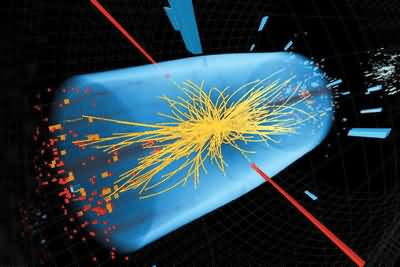

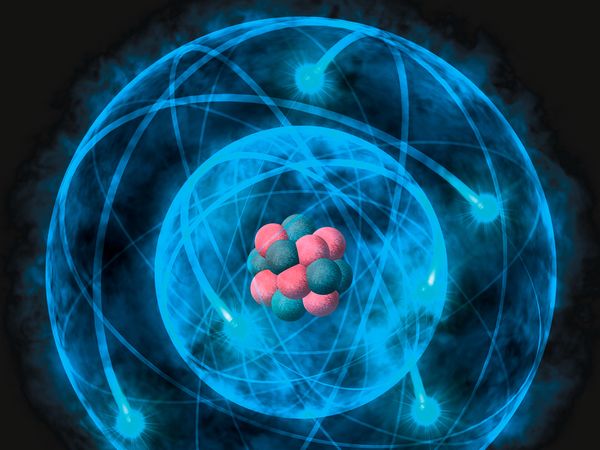

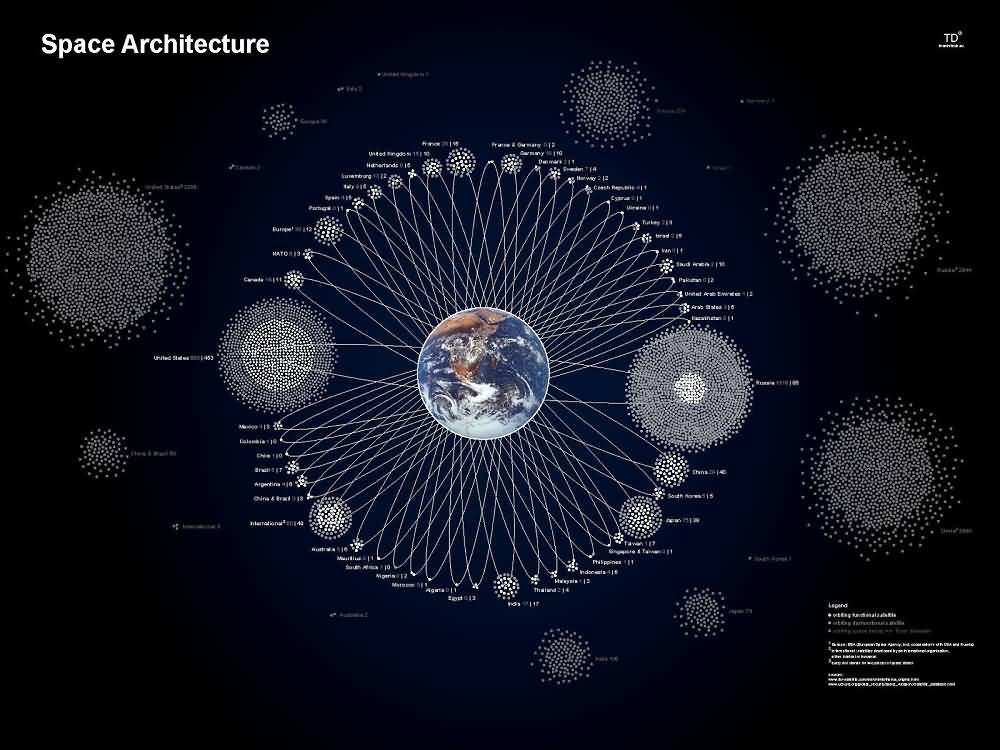

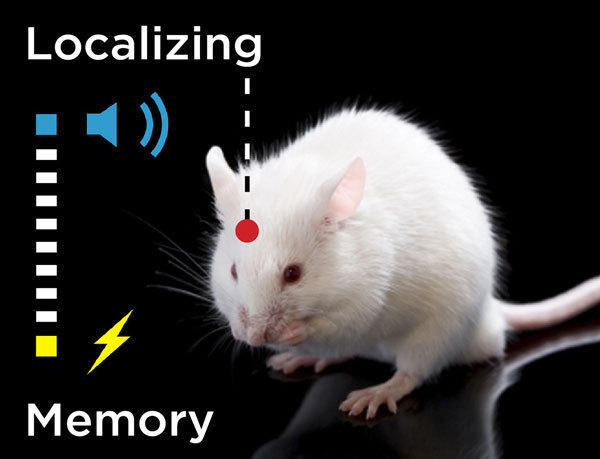
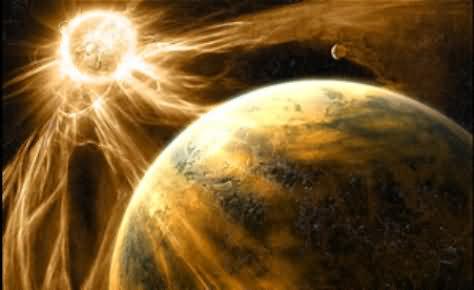
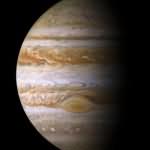
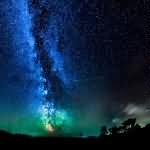
[…] In 2012, CERN researchers confirmed the existence of the Higgs boson. The Higgs boson is one of the most important yet unexplored parts of the Standard Model of the particle puzzle. In fact, if the Higgs boson didn't exist, mass in the Standard Model would be impossible. It is the Higgs boson that gives particles mass in the Higgs field. For more detailed information: Higgs Boson, What is the Higgs Field? […]
[…] has been mentioned but hasn't been discovered yet. You can find my article about the Higgs boson and its field here (What is the Higgs Boson and the Higgs Field?). This field explains how particles in the Standard Model acquire their mass […]
[…] year should not be forgotten. There were many major discoveries. Last year, the Higgs boson was discovered (What is the Higgs field?), I haven't written about it yet and probably won't (because there are other good sites […]
[…] Going back to this, we can say it's the newest and strangest of them all. First of all, I'm sure you've heard about the discovery of the Higgs boson in 2013. In fact, irrelevant people are discussing it on our channels […]